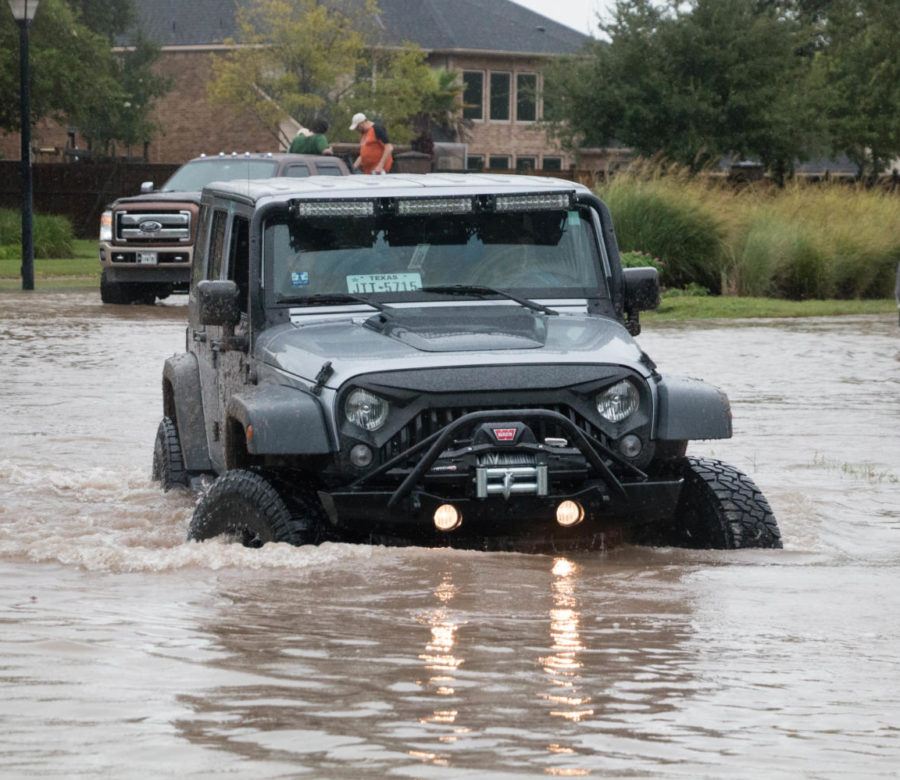Man-Made Madness
November 3, 2017
Belongings sprawled out on soaked lawns, structures of homes devastated, strength of families tested, grocery stores sparse of supplies — these are all aspects that Hurricane Harvey has left behind on the hearts of Houstonians.
“I just lost everything I worked for. Everything,” Survivor Aaron Mitchell of Aransas Pass said.
Many people are perplexed as to why Houston flooded a second time after the flood that came directly from Harvey. As detrimental as it sounds, the sole way for the city to save itself was for city officials to order the generation of a second flood. The fact is that the city’s infrastructure is much too old to contain the flood water.
“Houston is not designed to handle this kind of rainfall,” Professor Sam Brody, an expert on urban and floodplain management at Texas A&M University, said.
Although the infrastructure was so deteriorated in Houston, officials say that they were already aware of this. In 2001, Hurricane Allison caused 20 deaths as well as the storms of April 2017, which cost the city five billion dollars of property damage. Like many metropolitan areas, Houston has become a “concrete jungle” and because of this, Houston lacks the appropriate area of land to absorb the flood water into the ground soil.
“When you have a less dense urban fabric, you’re going to have [a] more impervious surface and you’re going to have more runoff,” Bruce Stiftel, chair of Georgia Tech’s School Regional and City Planning, said.
In an episode of Vice News, (airing on Sept 7, 2017) several city officials stated that this second flood was “by design.”
The reservoirs ended up being filled to almost capacity, leaving Richard Long (head of Georgia Institute for Architecture and Capital Projects) with the harsh decision to open these up, therefore, releasing approximately 10,000 cubic feet of water per second, which flooded Houston’s streets.
Dan Cho, retired professor, lived in the same home for over 40 years in Buffalo Bayou Southwest Houston, which flooded after the storm. Cho Built his home with his own two hands.
“This is my memory here, my memory is gone,” Cho said.
Many Houstonians have been unaware of the deterioration of the city’s infrastructure and officials of flood control departments can explain this.
Commander Col. Paul E. Owen of the Southwest division, USAE, concerning houston’s flood infrastructure, works in combination with the US Army.
“The infrastructure was not designed for the amount of rain that we received here in this region,” Owen said. “This structure was built in 1940. Imagine you buy a car in 1940 and you are running it a hundred miles an hour when it’s only designed to go 50-60 mph; the infrastructure built in 1940 is that car. The big lesson learned is that we need new infrastructure; time to buy a new car.”


